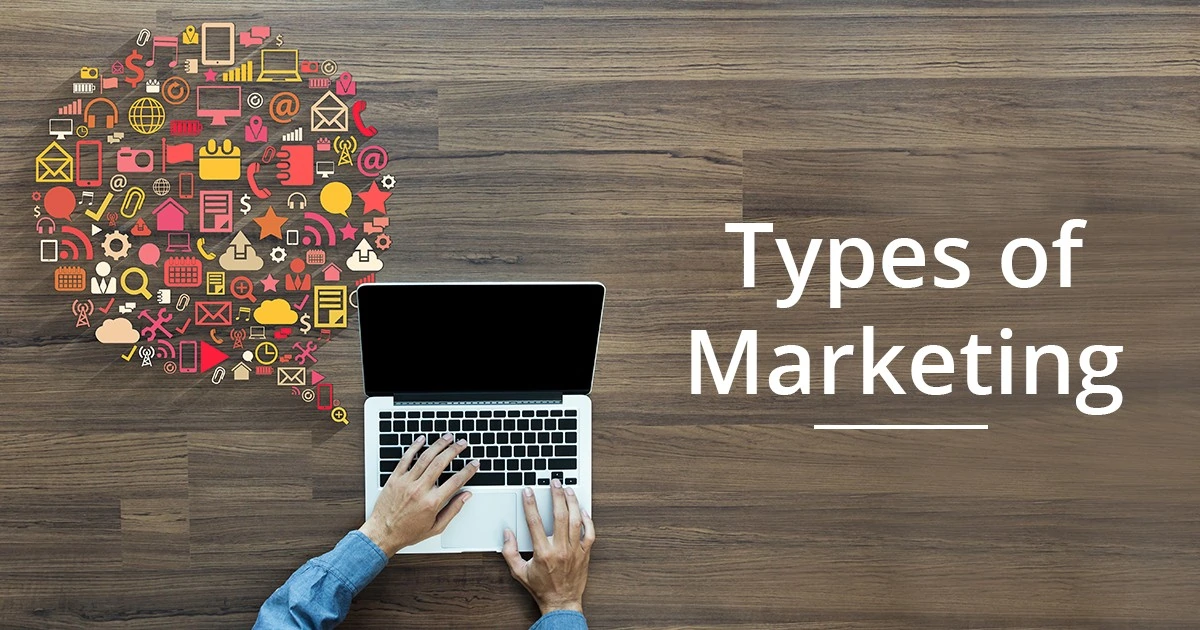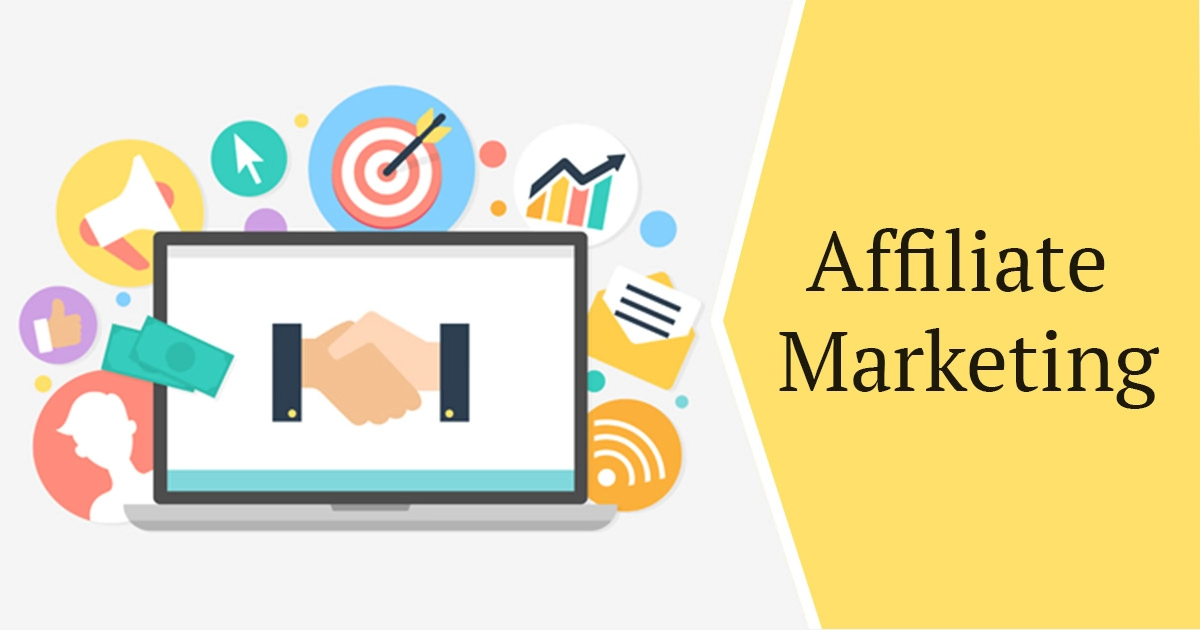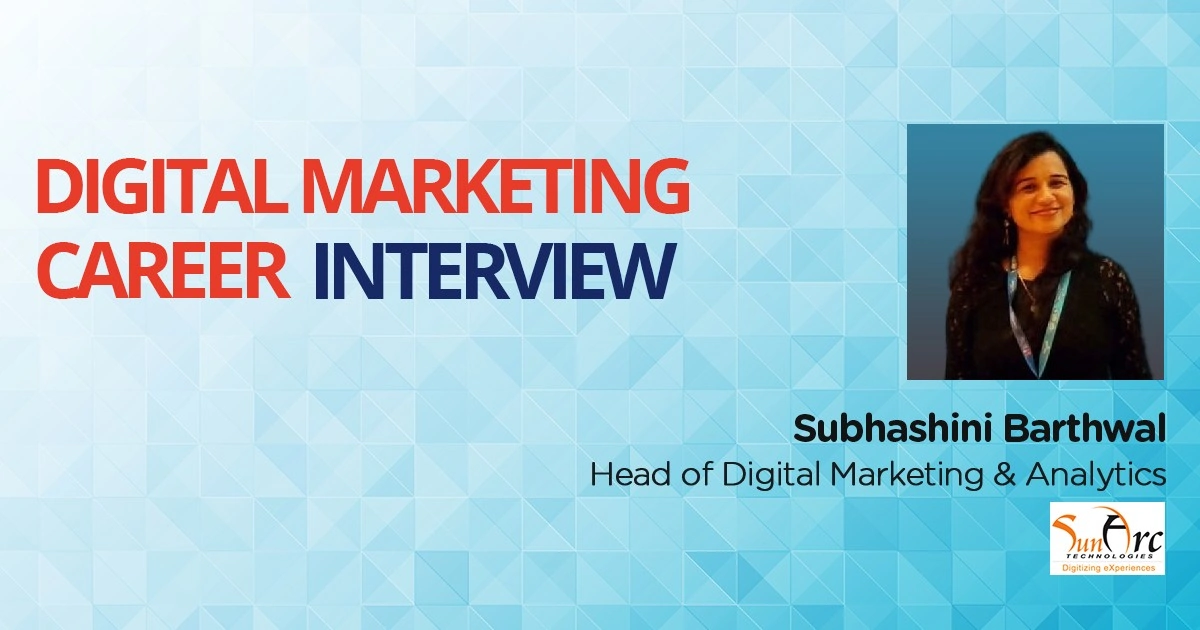“What are the types of marketing?”
Are you an aspiring marketer looking for an answer to the question mentioned above?
Great! Keep Reading.
We live in an era where marketing is the backbone of any business. If you are also planning to set up a new business, you must have a clear mindset about your marketing campaigns.
As per the statistics, around 63% companies around the world consider generating traffic and leads their biggest marketing challenge.
Different types of marketing will help you cope with this challenge.
We will be talking about those types later in this article but first of all, let’s understand the concept of marketing–
What is Marketing?
You created a new product or launched a new service, it may be impeccable, but it won’t fetch you any revenue until and unless people around you know about that.
You need to give proper exposure to your product or service in the open world, and this process through which you are exposing your product or service is known as marketing.
It won’t be wrong to say that your business can’t propel if your marketing campaign lacks behind.
You will have to ensure that your marketing department is creating the right tactics for marketing your product or service and putting those tactics in the sweet spot to get the best results.
It’s not that easy to directly expose your product to the open world rather it requires consistent efforts and a lot of patience to get there.
Marketers follow different types of marketing to enhance the reach of their products and without getting any delays, let us talk about the types of marketing that the entire world is interested in –
What are the 21 Types of Marketing?
As we go deep into something, we come across various aspects that were not known earlier, the same as marketing.
Since the introduction of digital marketing in the 1990s, we have witnessed various phases of it and also come across 21 types of marketing mentioned below.
1. Affiliate Marketing
This is probably one of the best types of marketing that a business can follow, as there is a considerable probability of growth.
You can do two things in a marketing campaign – either go on campaigning yourself or let others do it indirectly. Now Affiliate marketing works on the latter concept.
Being a business owner, you ask another entity to sell products, and in return, they get a fixed commission. Amazon.com has proven the efficiency of Affiliate marketing.
More than half of the product all around the globe is being sold by affiliate marketing. When you partner with big fishes in the market, you open up great opportunities for exposing your product in significant dimensions.
2. Brand Marketing
While looking for different types of marketing, Brand Marketing tops the chart.
Marketers in this type of marketing try to strengthen their brand reputation in the market, and they do so by directing the perception of the public towards their brand in a specific manner.
Marketers use different creative approaches like storytelling, creating humor, and so on to achieve their goals.
This is undoubtedly among the most effective types of marketing, but it requires a creative mindset which is to be followed by proper setup.
3. Affinity Marketing
It is a type of marketing where two businesses run a campaign in partnership.
Out of all the marketing strategies, affinity marketing helps and supports each other, which means a win-win situation for both.
Here the two companies work to link their product on different grounds and try to create different and vast opportunities to grow themselves.
It is undoubtedly one of the best types of marketing where mutual progress is going on. For example, e-commerce businesses often come into partnerships with banks.
What happens here is that e-commerce businesses offer various incentives to their customers and banks get to expose themselves to a large audience.
4. Account-Based Marketing
In this type of marketing, an individual is treated as a whole market, and the entire campaign, including the content and the setup, is directed to that individual rather than an industry.
It won’t be wrong to say that marketers over-focus on something here.
5. Digital Marketing
This is one of the best types of marketing, which is being followed by the majority of businesses out there in the market.
Here we use digital ways to market our products. The marketing campaigns are based on digital technology like social media, SEO, PPC, etc.
Because we are leaning towards digitalization more and more, it becomes essential for every business to shift its attention towards digital marketing as your target audience will be actively engaged in different digital platforms.
When we talk about digital marketing, we can say that it is the Jack of all Trades, as with the help of digital marketing, you will be able to do pretty much everything to ensure the success of your online businesses.
From creating a presence online to promoting businesses on online sites and social media, you can know everything for sure.
6. Alliance Marketing
Similar to affinity marketing, here also businesses come partnerships to ensure mutual growth.
What differs here is that businesses are in a deeper collaboration or share a more robust collaboration among themselves. Here businesses often use each other’s resources (which could be anything) to sell a single product.
Such marketing only occurs between two non-competitors, which is also very obvious. You can’t expect TATA Motors to collaborate with Hyundai.
7. Acquisition Marketing
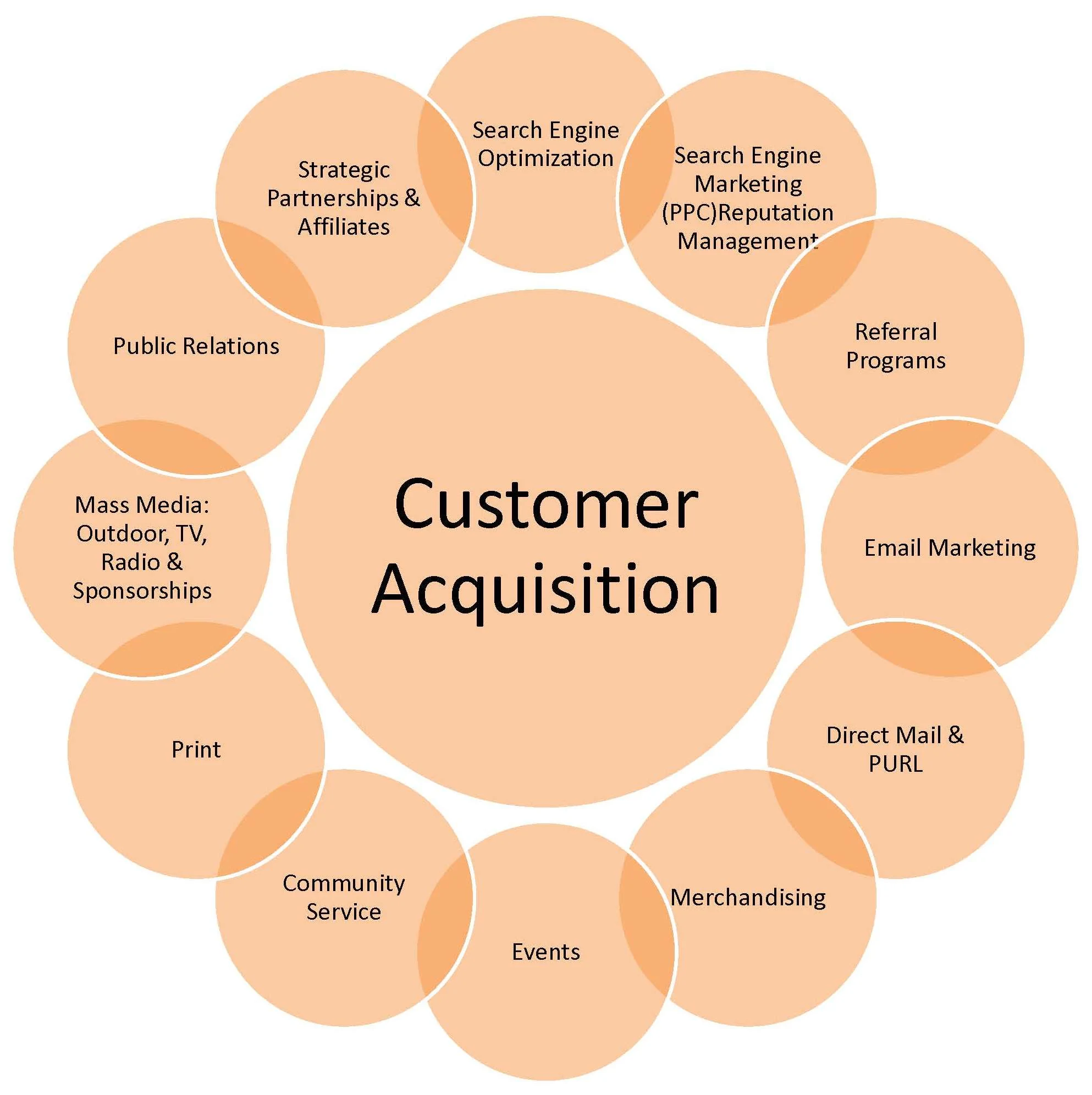
Here businesses use different tactics to attract more and more fresh visitors and eventually generate more and more leads.
They do so in many ways, including SEO, paid campaigns, campaigns to generate leads, education hubs, copywriting, etc.
Here the main aim of businesses is to expose themselves to a variety of new audiences.
This provides them with the opportunity to generate more and more leads.
8. Ambush Marketing
As the name suggests, it is about entering an area without permission. In ambush marketing, you steal someone else’s opportunity and get benefits from there.
Businesses use tactics to enter someone else’s campaign and steal their audience.
This is an awesome marketing tactic for small businesses that don’t have enough budget to organize a more extensive campaign.
9. Content Marketing
It is probably one of the most effective types of marketing. Creating excellent content to fetch traffic and then leads is content marketing.
Content is one of the most important factors that decide your website’s overall search engine ranking.
Different platforms used for content marketing are – social media, blogs, websites, visual sites, and so on.
Many tools available on the internet (like; grammar checkers, plagiarism checkers, keyword analysis tools, and so on) will help you with content creation.
They will enhance your content’s quality and help you get more attention.
The best thing to say about content marketing is when you try to promote the business with the help of content. Many sites create great content to ensure people know about their products and services.
This helps a lot when it comes to the best of businesses.
10. Analytical Marketing
This is one of the most effective marketing strategies where marketers are much more practical.
They do not just do anything randomly to influence their visitors rather; they keep complete track of their online activity like; check-ins, tweets, activity on social media platforms, and so on.
It would be best if you acted practically when you were going to promote your business. First, figure out what your audience is about if they like this or that.
Only then will you be able to plan your campaign at its best and get desired results.
11. B2B Marketing
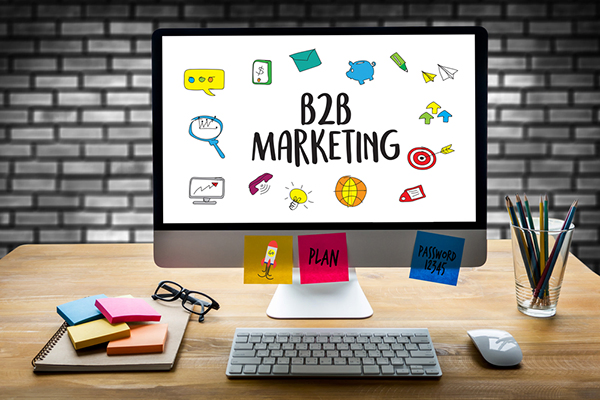
One of the hottest types of marketing that is ruling the market right now is B2B marketing or Business to Business marketing. As the name suggests, one business markets its products to another here.
Here businesses are not targeting regular customers; instead, their primary target is another business.
Here the products made by one business might not be helpful for regular customers, like a car engine’ producing company will target the ‘car manufacturers only.
Under this marketing type, both parties try to strengthen their relationship to work together for the long term.
12. B2C Marketing
After B2B marketing, B2C marketing must be clear to you, yet we will explain it.
In B2C marketing or Business to Customer marketing, businesses use different strategies and tactics to influence customers. Now, businesses focus on attacking their audience (customers) through emotions.
The customer might buy your product for various reasons like; impulse buying, satisfaction, and so on.
Their response will also differ depending upon the reasons that lead them to buy your product. Hence here, relationship management becomes a bit difficult.
13. Conversational Marketing

Marketing is all about influencing your audience, no matter how you do that, but you as a business will only propel if you can influence them well.
Conversational marketing is among those types of marketing where businesses interact with their audience directly and then use their tactics to influence them.
They use different channels to interact with their audience, like; messaging platforms, calls, live chats, email, etc. This looks like a more old-school yet effective type of marketing.
14. Email Marketing
Under this type of marketing, businesses send emails to target their audience. The email may contain anything but promotional content to engage and influence their audience to purchase their product.
Another unique type of marketing that companies tend to use is fantastic email marketing strategies.
With the help of email marketing, businesses can ensure that the visitors subscribed to their email lists can be transformed into leads for the businesses, and the leads can be further converted to amazing customers in the best way.
15. B2P Marketing
Business to People marketing is a concept where businesses modify their strategies according to the nature of their particular audiences.
This is a newer concept than B2B marketing or B2C marketing, yet among the most effective types of marketing.
As we all know, not all users are the same; how can we frame a single strategy to target them all? Will it work?
Well, under B2P marketing, businesses are more concerned about such questions; hence they keep changing their strategies depending upon the activities of different users.
16. Event Marketing
Event marketing is all about organizing and conducting different social events to create awareness about the products or services. Here the businesses take the help of planned events to promote themselves.
Such events can both take place in the physical world or online. Depending on the audience, businesses tweak their event organization.
17. Buzz Marketing
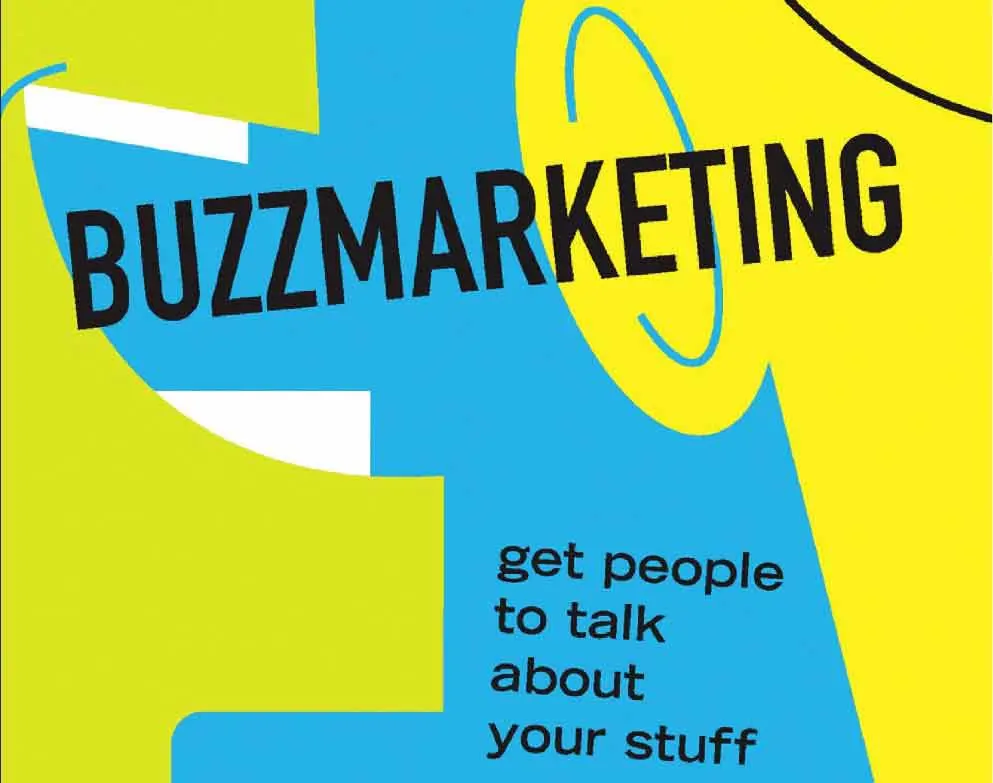
It is a type of marketing where businesses aim to generate hype about their products or services to promote them.
A drama or excitement is behind this hype, and it also helps people anticipate the nature of the product, which is again helpful in boosting sales.
This is undoubtedly one of the most effective types of marketing that you may witness, as such campaigns often contain the potential to go viral and catch a big audience.
18. Global Marketing
Here businesses focus on the needs of people from different countries as well. This type of marketing requires a lot of effort than usual when it comes to analyzing the market and other things.
Since their target is also not specific and they are targeting people from around the globe, it becomes much more difficult for marketers to work on their campaign.
19. Call Centre Marketing
This is again one of the most popular types of marketing strategies that are being widely followed by several businesses.
Under this, the businesses call their potential customers to be aware of their product or services and make this call as engaging as they can for conversion.
Call center marketing is also helpful in maintaining a good customer relationship as you are in direct touch with your customer through calls, which helps retain a customer for the long term.
20. Influencer Marketing

It is, again, an indirect way of marketing your products or services. Here the businesses pick an individual or group with a good number of fans over social media to promote their products.
Undoubtedly this is one of the most effective types of marketing as it can widen your reach to a great extent.
In most cases, businesses tend to pick celebrities to promote their products. Celebrities significantly influence their audience, and using their business can propel them at a great rate.
21. Social Media Marketing
Since the power of social media cannot be denied, why not use it in the best way?
With the help of the best social media marketing strategies, you can harness the power of social media sites like Facebook, Twitter, and Instagram to promote the products online in the best way. That is one of the main reasons why it is one of the unique types of marketing strategies to use for sure.
You can run marketing, and advertising campaigns on different social media platforms, including Facebook, Twitter, Instagram, LinkedIn, and so on.
Final Words
So these were some of the most popular types of marketing that are being used by businesses all over the world.
These marketing strategies help enhance your reach as well as boost conversion rates. Hence it would be best if you considered diving into them. To properly execute the process of the above-mentioned types of Marketing, you should be aware of the 7 P’s of Marketing.
Apart from the above-mentioned types of marketing, there is another type popularly known as Green Marketing which is adopted by many businesses to protect the environment.
Hopefully, you must have got insights on what are the types of marketing & types of marketing strategies. You can now rock the marketing landscape by using this information optimally.
A digital marketing course will be the right choice if you want to learn differently online and search marketing types.
Download Detailed Brochure and Get Complimentary access to Live Online Demo Class with Industry Expert.
FAQs
1. What are the two main types of marketing?
The two main types of marketing are Traditional marketing and Digital Marketing.
- To reach larger audiences, traditional marketing involves advertising through print or broadcast mediums like hoardings, newspapers, radio, handouts, etc..
- Digital marketing is a cost-effective way of reaching a targeted audience using digital mediums like social media, websites, and OTT platforms like Netflix, Amazon Prime, etc.
2. What are the 4 Ps and 4 C’s in marketing?
- The 4Ps in marketing are product, price, place, and promotion.
- The 4C’s in marketing are consumer, cost, convenience, and communication.
- 4Ps are also referred to as Marketing mix because these 4Ps are four pillars of marketing strategy.
3. What are some best types of marketing jobs?
The best types of marketing jobs are :
- Chief marketing officer
- Director of Marketing
- Digital marketing manager
- SEO (Search Engine Optimization)
- SEM (Search Engine Marketing) Specialist
- Email Marketing
- Content marketing and Copywriting
- Social Media Marketing
- Product Marketing
- PPC (Pay Per Click) Marketing
- Marketing Research Analyst
4. What is the importance of marketing?
Marketing is significant for every business.
Marketing helps businesses reach their audiences and make them aware of the brand, so they learn about the various products offered by those businesses.
This will help the audiences to solve their daily life problems by using those products, resulting in the conversion of an audience into customers from which businesses will get benefitted.
5. What is the difference between marketing and distribution?
Marketing is the process of exploring the market, analyzing the available consumer data, and then creating and delivering those values to meet the needs of targeted customers in terms of products and services provided by their businesses.
Distribution is the process in which the products and services are made available to those businesses and customers who need them.
